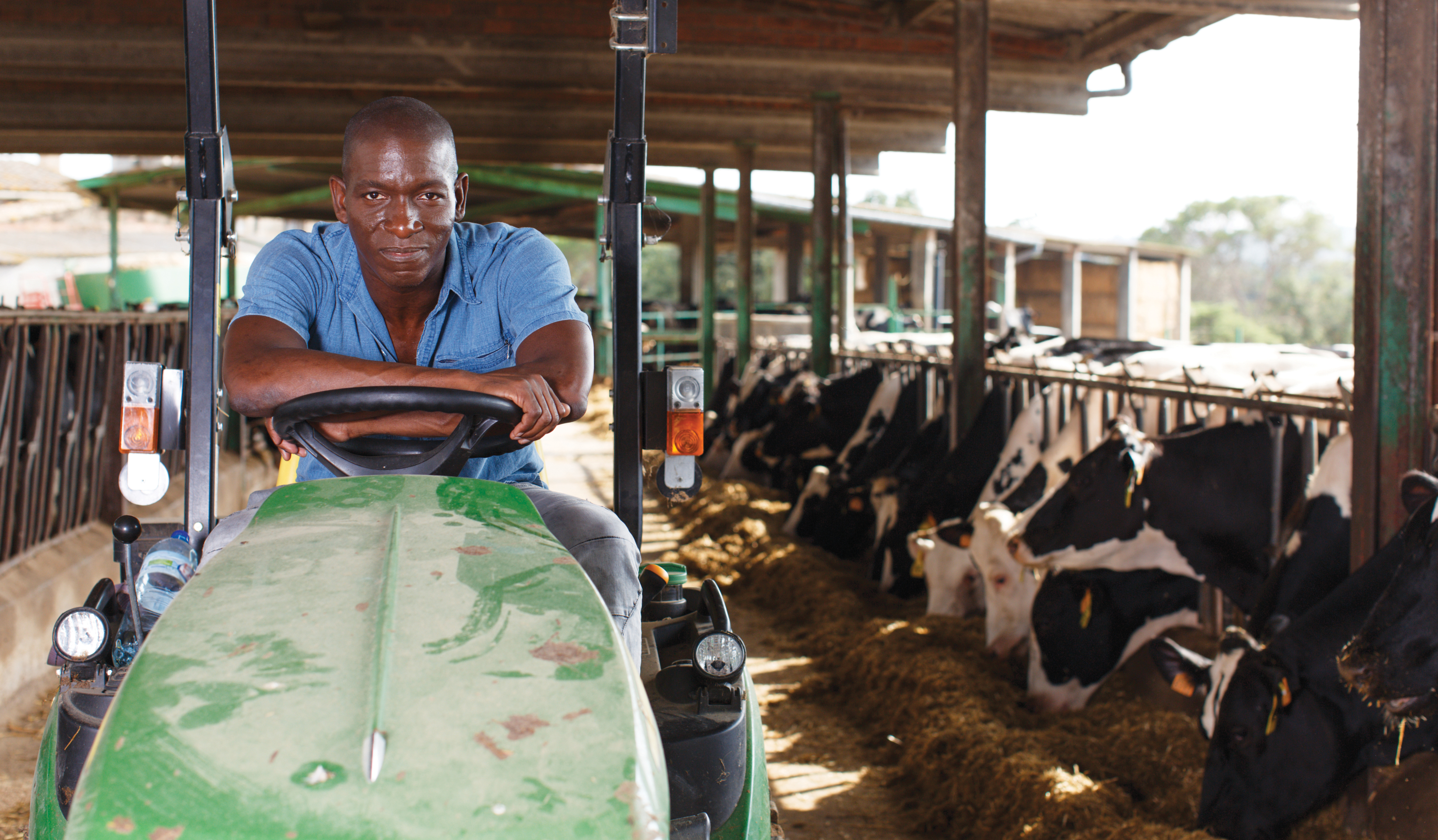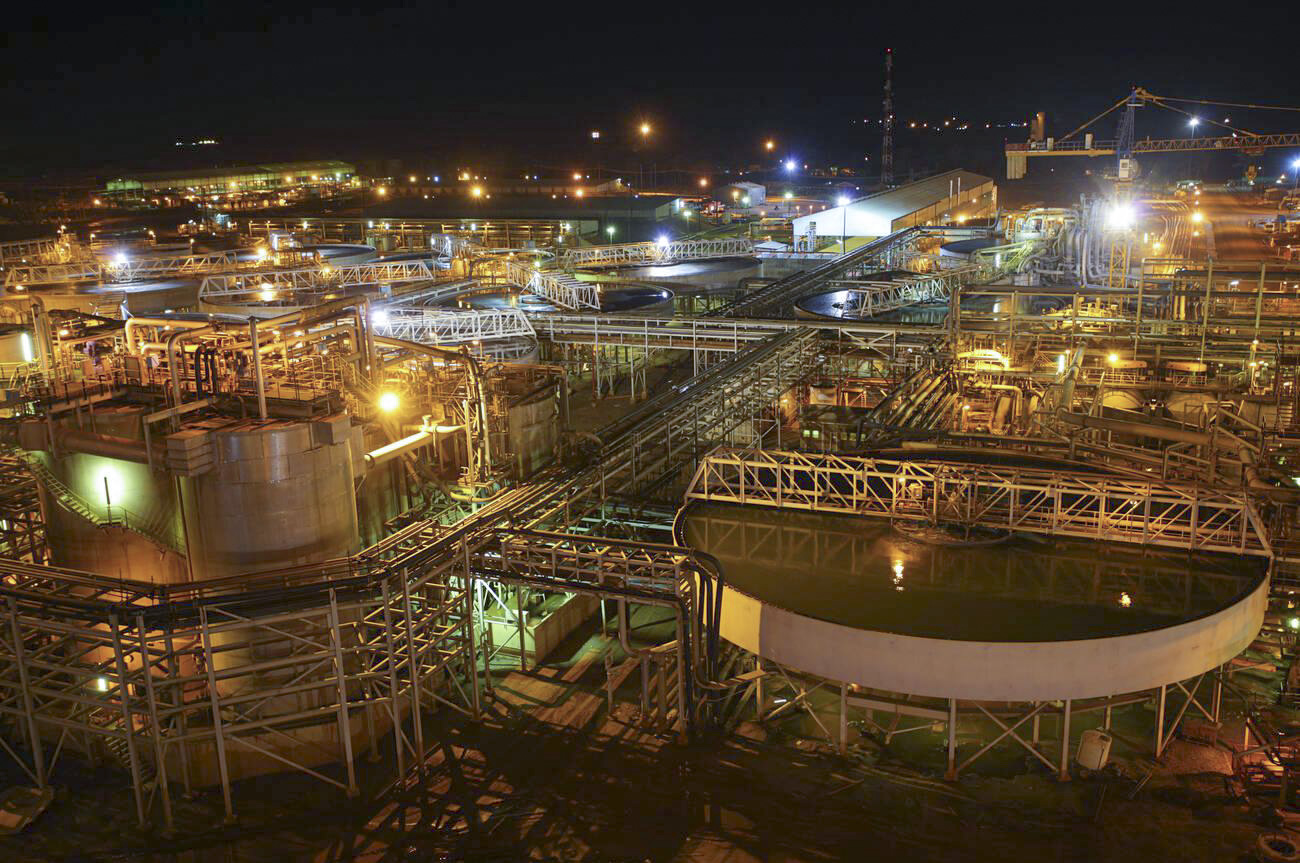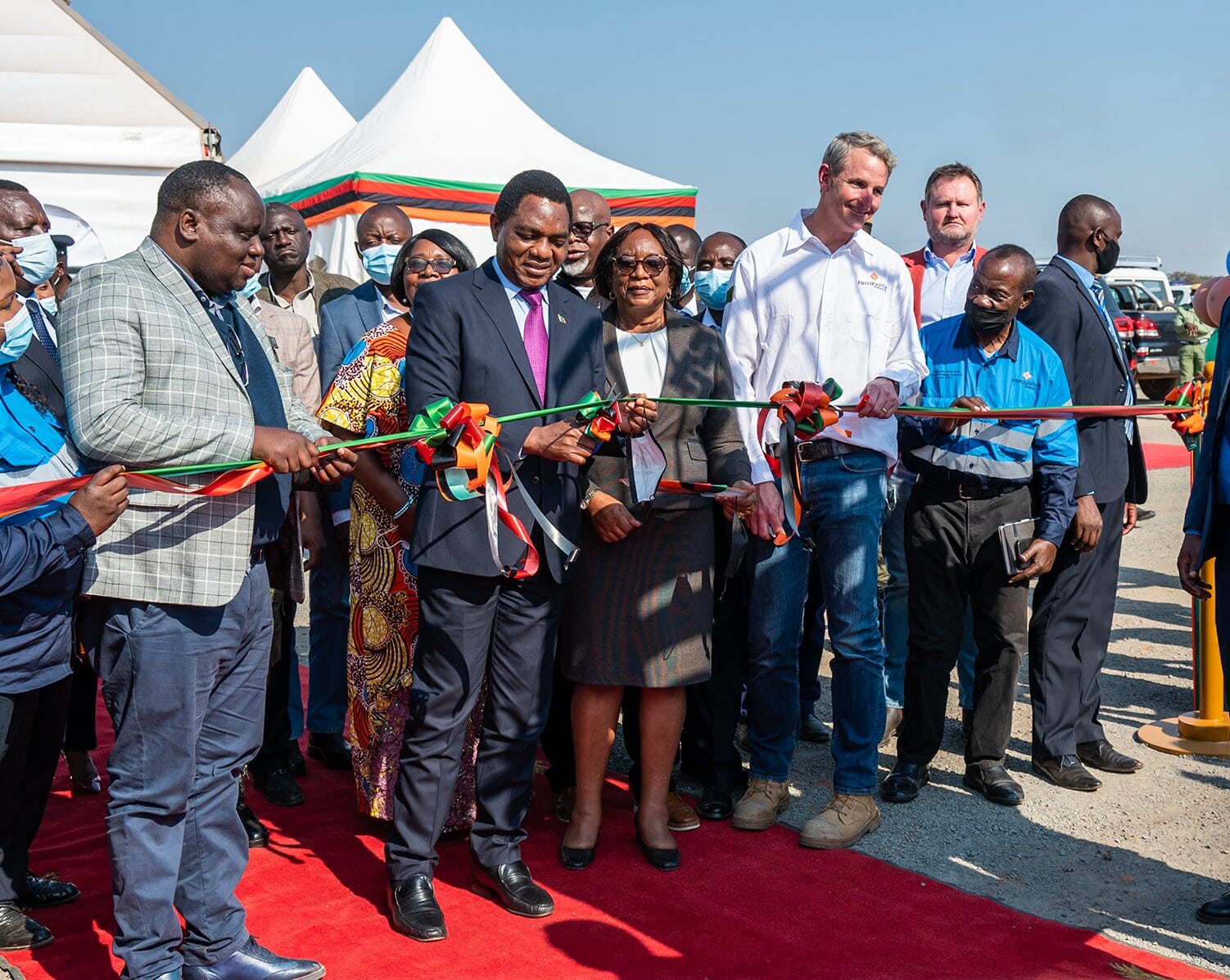Planning is an essential foundation stone in the construction of any sustainable economic growth programme. Economic planning significantly impacts national development and has a bearing on the livelihoods of citizens.
The Zambian government, through the Ministry of Finance, has formulated the Medium Term Economic Frameworks (MTEFs), with active participation from the public for inclusiveness. The current MTEF is the 2019 – 2021 edition, which is the cornerstone for actualising the goals enshrined in the Seventh National Development Plan (7NDP).
The Zambian economy is expected to grow between 4 to 5 percent over the next five years, according to the 2019 – 2021 MTEF. Growth is expected to be positive on the back of private consumption and fixed investment (Business Monitor International, 2018).
“The economy still remains vulnerable to shocks which might derail the growth expectations as it is still largely dependent on copper for export earnings and any significant change in the price is likely to have significant implications,” PricewaterhouseCoopers (PwC)says in its 2019 National Budget Analysis and Outlook.
The economy grew by 4 percent in 2018 compared to 3.4 percent in 2017, with key drivers being mining, construction, manufacturing, wholesale and retail sectors, supported by improved electricity supply.
“The implementation of the reforms under the Economic Stabilisation and Growth Programme (ESGP) has resulted in relative macroeconomic stability. In this regard, there is urgent need to safeguard the positive achievements that have been recorded in the previous medium terms such as, stabilisation in the exchange rate, reduction in the inflation rate to single digits as well as an improvement in the external current account position,’’ the Treasury says in the Green Paper issued in August 2018.
Maintenance of debt sustainability will remain pivotal in the rebalancing of the Zambian economy. The government’s borrowing over the medium term, therefore, will be guided by the Medium Term Debt Strategy to ensure that the country remains within sustainable debt levels. It is envisaged that the fiscal deficit will be reduced to no more than 3 percent of GDP by 2020.
In the 2019 – 2021 period, the government seeks to strengthen macroeconomic resilience by narrowing the fiscal deficit through scaling back on borrowing, increasing domestic revenue mobilisation and realigning expenditures by implementing the austerity measures that were announced by President Edgar Lungu. These hinge on achieving fiscal consolidation by focusing expenditure on priority sectors such as health and education; enhancing domestic revenue mobilisation; and scaling down debt contraction.
Government continues to prioritise agriculture, mining, manufacturing and tourism as the key sectors for the creation of decent employment opportunities in “the spirit of reducing poverty and inequality.”
According to the Green Paper, the specific broad socio-economic objectives during the 2019 to 2021 period will include: attaining an average annual GDP growth rate of at least 4 percent; keeping inflation within the range of 6 to 8 percent; increasing domestic revenue to no less than 19 percent of GDP by 2021; reducing the fiscal deficit to no more than 5.1 percent of GDP by 2021; dismantling of arrears and curtail their accumulation; reduce the pace of debt accumulation and ensure sustainability; and accelerate the diversification of the economy through implementation of structural reforms.
‘’The 2019 – 2021 Green Paper focuses on sustaining economic growth and development through the continued implementation of the ESGP. The programme is aimed at restoring fiscal fitness and overall macroeconomic stability as a basis for setting a platform for higher inclusive growth, employment and wealth creation in the medium to long-term. In this regard, government over the medium term plans to prioritise agriculture, mining, manufacturing and tourism as the strategic sectors for the creation of decent employment opportunities and inclusive development,’’ the Treasury elaborates.
To lessen the impact of the Economic Stabilisation and Growth Programme (ESGP) measures on the vulnerable, the government will continue to implement social safety nets. The Social Cash Transfer Scheme which has proved to be most effective in addressing vulnerabilities will, in terms of both coverage and support, be scaled up.
MTEFs aim at linking the government’s medium term development goals, as tabulated in the Seventh National Development Plan (7NDP), to their budgetary implications within the current fiscal environment.
In line with the theme of the Seventh National Development Plan (7NDP) which focuses on an integrated multi-sectoral development approach of “accelerating development efforts towards Vision 2030 without leaving anyone behind,” the MTEF reflects government’s commitment to ensure that the benefits of economic growth are shared equitably by all citizens. Therefore, government’s promise to work on creating a diversified and resilient economy for sustained growth and socio-economic transformation should become a reality.
The economic and social policies for the 2019 – 2021 MTEF are drawn from the five clusters outlined in the 7NDP:
- Economic diversification and job creation
- Reducing poverty and vulnerability
- Reducing developmental inequalities
- Enhancing human development and creating a conducive governance environment for a diversified economy
It remains to be seen whether the MTEFs bring about economic growth and benefits all citizens equitably. Are the ‘’accelerated development efforts towards Vision 2030’’ meeting the benchmark of not “leaving anyone behind’’? We are halfway through the current MTEF period and its impact and legacy will be revealed in due time.















